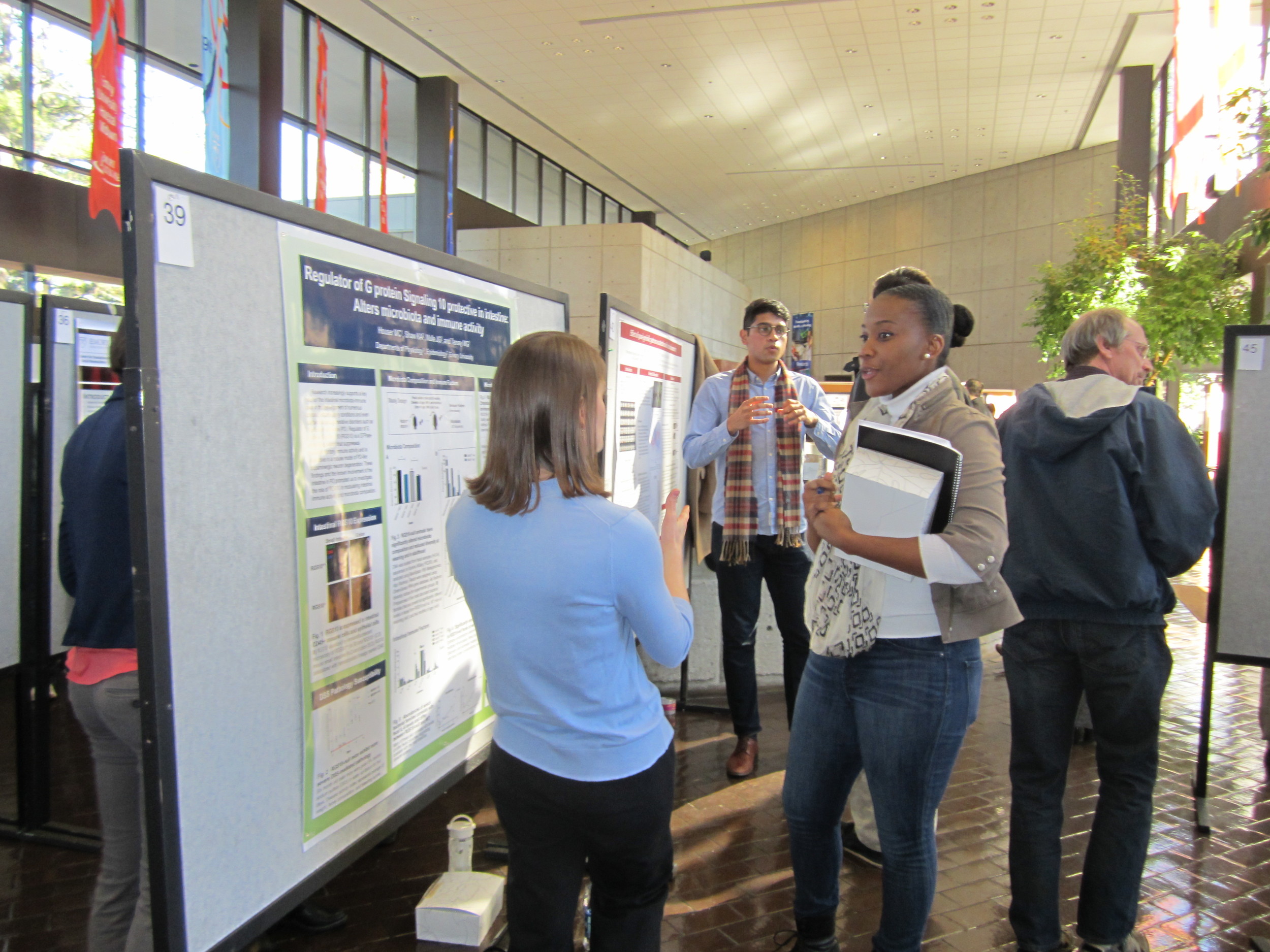The Evolution and Rewards of Grant Writing Courses for Students in GDBBS
/Jamie King
In 2015, Emory ranked first in the nation for students with NIH predoctoral fellowships. One of the core components for obtaining this impressive honor for Emory and GDBBS students lies in the famous Grant Writing course. Although the course has had many names, many students recognize it as “Hypothesis Design and Scientific Writing”. The major pillars of the course are to assist students with learning how to write scientifically and develop their scientific ideas. We recently had the opportunity to speak with course directors Dr. Anita Corbett and Dr. Paula Vertino, both of whom have been actively involved with the course over time, to discuss how it has evolved into what it is today.
The grant writing class was originally developed in 1998 by Drs. Rick Kahn and Ken Bernstein. Both professors were previously at the NIH and had broad knowledge about the institutional structure of NIH style grants. In the beginning, students were not required to write about their own research, but instead were instructed on how to write about an alternative topic. However, this method was quite time consuming for students to come up with a concrete idea outside of their research to write about and it became difficult to get constructive feedback about an alternative topic. According to Dr. Corbett’s experience, she noticed it was more valuable for students to write about their own research for several reasons. One of those reasons is that writing a grant through this format compelsstudents to think of a clear hypothesis for their project and work closely with their mentor to develop a written body of work related to their project in its early phase, which are intangible benefits for the student. Dr. Vertino noted several valuable things students have benefitted from over the years as well. One major benefit she has observed is that this course compels both students and mentors to take dedicated time to deeply think about the student’s research project to ensure they are on the same page, . It also inspires the student to consider ways to address their critical hypothesis early in project development. For many students, this course is their first try at scientific writing where they can get valuable, constructive feedback.
Not only have students greatly benefitted by this grants course, but many mentors have benefitted as well. For Drs. Corbett and Vertino, they both described the grants course as a catalyst for learning more about the breadth of research going on at Emory and a means to develop research collaborations as often multiple programs (such as CB and GMB) will co-teach the course for their students. Since students from multiple programs are enrolled in the course together, this fosters research discussions which eventually develop into collaborative projects for many students. Without the grants course, it would be more difficult to identify related research interests or explore interesting research questions across different groups. Another benefit for mentors is that after their students take part in this course, they are more effective at being critical of scientific writing,which puts them in a suitable position to critically edit and assist their mentors in preparing grant applications.
In addition to the grant proposal prepared through this course being utilized to apply for NIH predoctoral fellowships, many students also use it to prepare for their oral qualifying exams. The manner in which the proposals are prepared serves as a starting point for the oral exam committee to ask students questions about their respective field. As of now, BCDB, MMG, CB, GMB and PBEE students all take the course directed by Anita and Paula. The other graduate programs under GDBBS (MSP, Neuroscience and IMP) have similar courses taught to their students.









